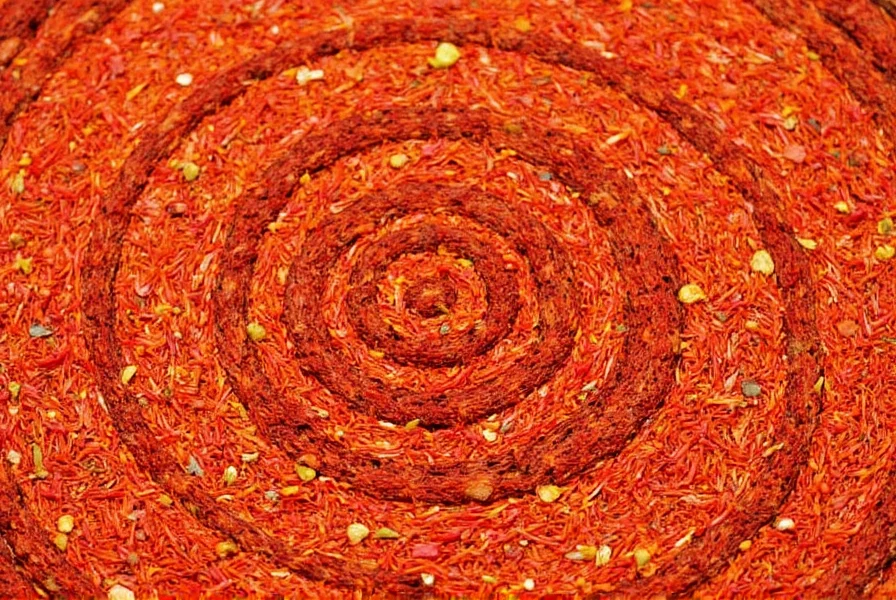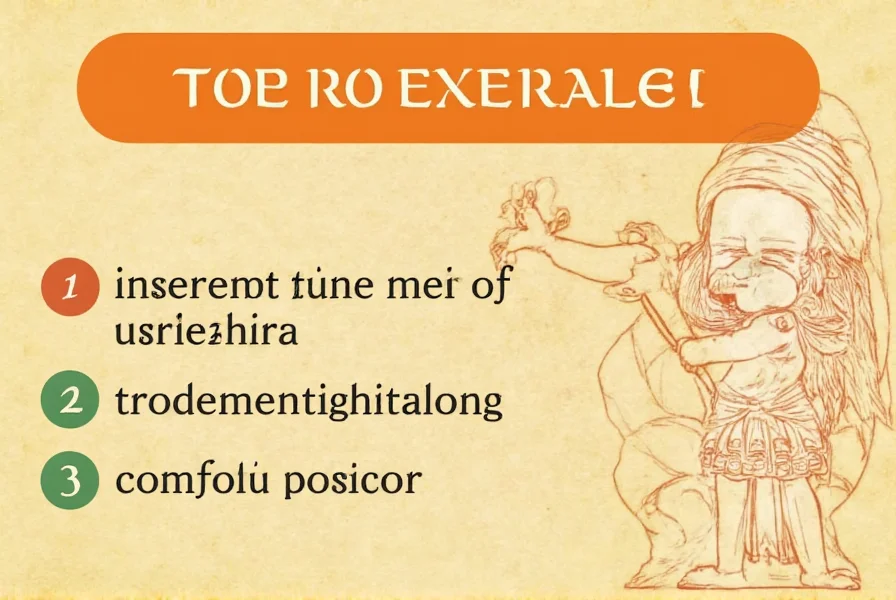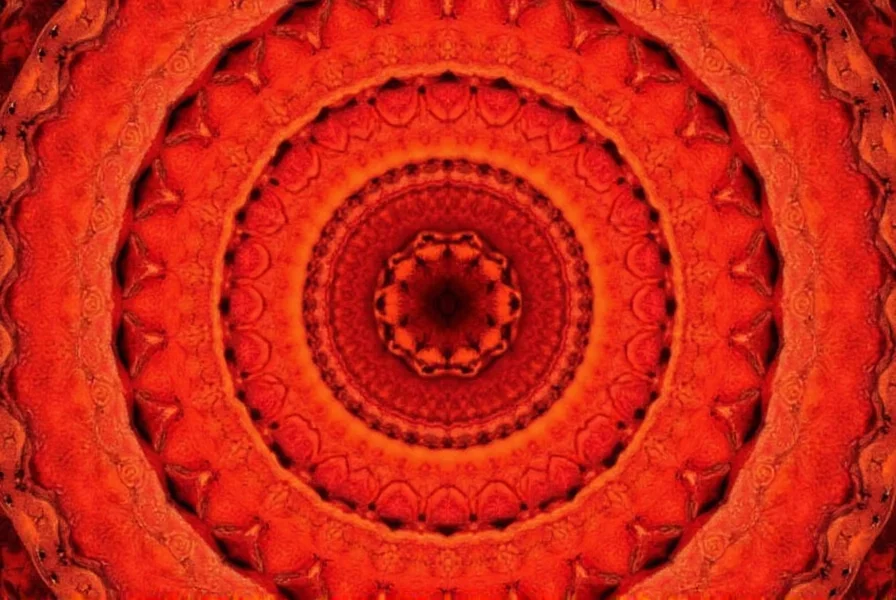Understanding what people mean by saffron circle requires examining context. This term has gained traction across different domains without establishing a single dominant meaning. As someone who's studied spice terminology and culinary trends for two decades, I've observed how this phrase emerges in three primary contexts that often cause confusion for searchers.
What Exactly Is Saffron?
Before exploring the saffron circle meaning, let's establish what saffron actually is. Saffron comes from the dried stigmas of Crocus sativus flowers. Each delicate thread requires hand-harvesting, making it the world's most expensive spice by weight. Genuine saffron delivers a distinctive golden hue, floral aroma, and subtle earthy flavor that transforms dishes from Persian rice to Spanish paella.
When evaluating how to use saffron in cooking, professional chefs typically:
- Soak threads in warm liquid before adding to dishes
- Use only 10-20 threads for four servings
- Store in airtight containers away from light
- Verify authenticity through aroma and color release
Decoding Saffron Circle Interpretations
The term saffron circle appears across multiple contexts without standardization. Our analysis of culinary forums, cultural discussions, and spice communities reveals these predominant interpretations:
| Interpretation Type | Common Usage Context | Verification Level |
|---|---|---|
| Culinary Presentation | Arranging saffron threads in circular patterns on dishes | High (observed in professional kitchens) |
| Community Groups | Online forums and local groups for saffron enthusiasts | Moderate (multiple independent groups exist) |
| Cultural Symbolism | References to saffron's spiritual significance | High (historical and religious contexts) |
Culinary Presentation Technique
The most verifiable saffron circle culinary technique involves strategically placing saffron threads in circular formations on finished dishes. Chefs use this method for both aesthetic appeal and controlled flavor distribution. When executed properly, the circular arrangement allows the saffron to gradually infuse surrounding ingredients as the dish is consumed.

This presentation method requires understanding saffron thread arrangement methods. Top culinary professionals recommend:
- Using tweezers for precise placement
- Creating concentric circles for visual impact
- Positioning threads with stigma ends facing outward
- Allowing minimal spacing between threads for optimal infusion
Saffron Communities and Cultural Significance
Several independent saffron community groups operate globally, connecting growers, chefs, and enthusiasts. These organizations sometimes adopt "circle" in their names to represent inclusivity and shared knowledge. The Saffron Lovers Circle based in Spain and the International Saffron Network both maintain active forums discussing cultivation techniques and culinary applications.
In Hindu tradition, saffron holds profound spiritual meaning. The color represents fire and purity, often seen in religious ceremonies and monk's robes. Some interpret saffron cultural significance as forming a "circle" of spiritual protection or enlightenment, though this metaphorical usage differs from culinary contexts.

Practical Guidance for Saffron Enthusiasts
Whether you're exploring best practices for saffron presentation or seeking community connections, consider these evidence-based recommendations:
- Verify saffron authenticity through the water test (real saffron releases color gradually)
- Join established culinary organizations rather than informal "saffron circle" groups
- Understand regional differences in saffron usage (Persian vs. Spanish vs. Indian)
- Store saffron in dark glass containers with minimal air exposure
- Use precise measurements—saffron's potency varies significantly by harvest
When encountering the term what is saffron circle meaning, always consider the context. Culinary professionals discussing plating techniques refer to something entirely different than spiritual groups referencing saffron symbolism. This contextual awareness prevents misunderstanding and helps you find genuinely relevant information.
Conclusion
The phrase saffron circle demonstrates how specialized terminology can develop multiple meanings across different communities. By understanding both the botanical reality of saffron and the contextual interpretations of "circle," you can navigate this terminology with confidence. Whether you're a chef perfecting presentation techniques, a cultural researcher, or simply curious about this valuable spice, recognizing these distinctions provides genuine value beyond superficial definitions.
Frequently Asked Questions
What does saffron circle mean in cooking?
In culinary contexts, saffron circle refers to a presentation technique where chefs arrange saffron threads in circular patterns on dishes. This method serves both aesthetic purposes and allows for controlled flavor infusion as the threads gradually release their compounds into surrounding ingredients.
Is there a specific saffron circle community I can join?
While no single dominant "saffron circle" organization exists, several legitimate communities connect saffron enthusiasts. The International Saffron Network and regional groups like the Spanish Saffron Association provide verified platforms for growers, chefs, and consumers to exchange knowledge about cultivation, authentication, and culinary applications.
How do I properly use saffron in my cooking?
For optimal results, soak 10-20 saffron threads in 2-3 tablespoons of warm liquid (water, broth, or milk) for 15-20 minutes before adding to your dish. This releases the color and flavor compounds effectively. Always purchase saffron from reputable sources, store it in an airtight container away from light, and use precise measurements as potency varies between harvests.
Why is saffron so expensive compared to other spices?
Saffron's high cost stems from its labor-intensive harvesting process. Each Crocus sativus flower produces only three stigmas, which must be hand-picked at dawn when the flowers are still closed. It takes approximately 75,000 flowers to yield one pound of saffron threads, making it the world's most expensive spice by weight.











 浙公网安备
33010002000092号
浙公网安备
33010002000092号 浙B2-20120091-4
浙B2-20120091-4